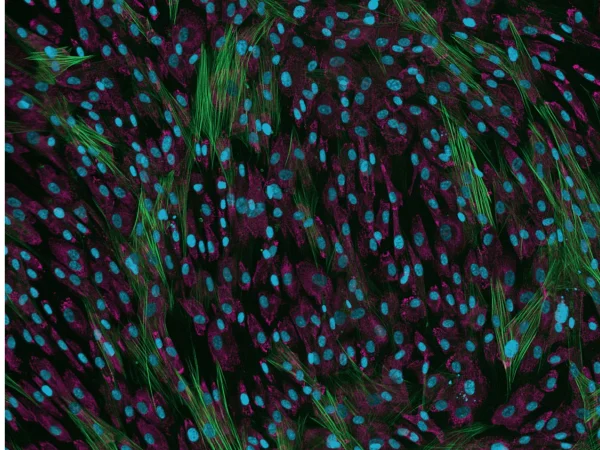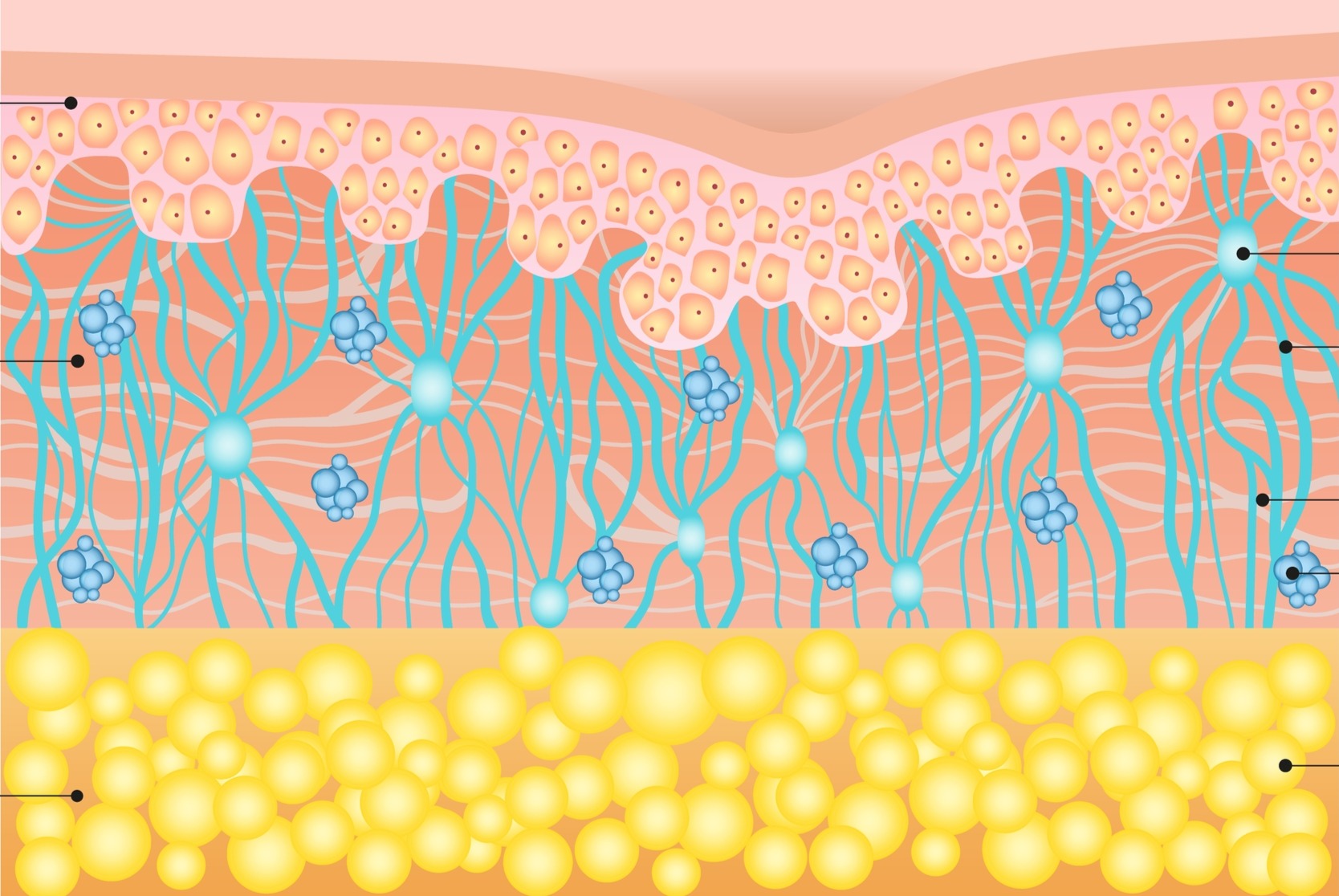Our mission:

Unleash the patient with IPF by our new drugs targeting integrins.
Fibrosis is a devastating fatal disease that affects any organs, represented by the lungs (IPF) and the liver (Cirrhosis). There is no curative medication but organ transplantation.
Our company’s primary policy is “giving priority to speed” over all other issue.
Because patients with IPF and their family have a great thirst for a curative drug with no adverse effects.


Learn more and find many in matrix signaling through the integrin family.
Matrix proteins signal into cells 24 hours a day through integrins and possibly other receptors. But we know much less about the matrix signaling than we know about cytokine and growth factor signaling, which have been shown to be a storehouse of drugs.
What are we? Shortcut on the button.
Matrix is always whispering to cells
the integrin family translates and inputs, and the cells recognize the peace of the tissue they reside

Matrix proteins that fill the gaps between cells send signals that the tissue is in a peaceful state. However, in some pathological conditions, the matrix prompts cells to behave in response to the tissue environment. For example, when tissue is damaged, matrix proteins send activation signals to fibroblasts, which play a role in repairing micro-damage to the tissue. Since persistent activation of fibroblasts and excessive deposition of matrix proteins are essential for the progression of fibrosis, we believe that controlling matrix signaling may be a new treatment strategy for fibrosis. Importantly, matrix signals are recognized by integrin matrix receptors and transmitted to the cell.

Integrin Medicine
The integrins are known as cell adhesion molecule. Blockade of the adhesive role is an early successful strategy for integrin-targeting drugs. On the other hand, another primary nature of integrins is being receptors for matrix proteins mediating signal transduction. Cells sense the tissue environment at least in part via integrins and distinguish and integrate various signals from surrounding matrix proteins. This process appears to be involved in some diseases, and must be an attractive pathway to be considered for therapeutic targeting.
The Pioneers
1994
platelet aggregation
Integrin αIIbβ3 is the platelet-specific integrin formerly known as GPIIb/IIIa, at a time when the integrin family was unknown. The anti-αIIbβ3 mAb, abciximab, inhibits platelet aggregation by blocking platelet binding to fibrin. Abciximab is therefore specific and effective in inhibiting platelet aggregation. Abciximab was approved by the FDA in December 1994 as the very first integrin drug and is classified as a “strong recommendation” in the guideline for coronary artery revascularization by 5 US academic organizations, ACC/AHA/AATS/STS/SCSI. Subsequently, a peptide and a small molecule inhibitor of αIIbβ3 were approved by the FDA in May and June 1995, respectively.

Five followers
2014
lymphocyte rolling
After a decade, a blocking antibody for α4β1 on T-cells, Natalizumab, came into the market. α4β1 facilitates attachment of the immune cells to the endothelial cells and facilitates rolling, transmigration and extravasation by binding to VCAM-1. Natalizumab was approved for Multiple Sclerosis for the inhibition of lymphocyte migration into the brain tissue, followed by Vedolizumab that blocks the immune cell from entering into gut, mediated by α4β7 binding to MadCAM-1, approved for inflammatory bowel diseases.


New era
2030
fibroblast activation
Our integrin inhibitors target the function of matrix receptor, distinct from previous integrin medicines. By blocking the matrix signal input, the inhibitors subside needless cell activation in the tissue environment of fibroblasts. The absence of the matrix signaling perturbs trans-differentiation of activated fibroblasts into myofibroblasts and eventually reduces the number of hyper-activated myofibroblasts, which brakes the vicious cycle of fibroblast activation.



